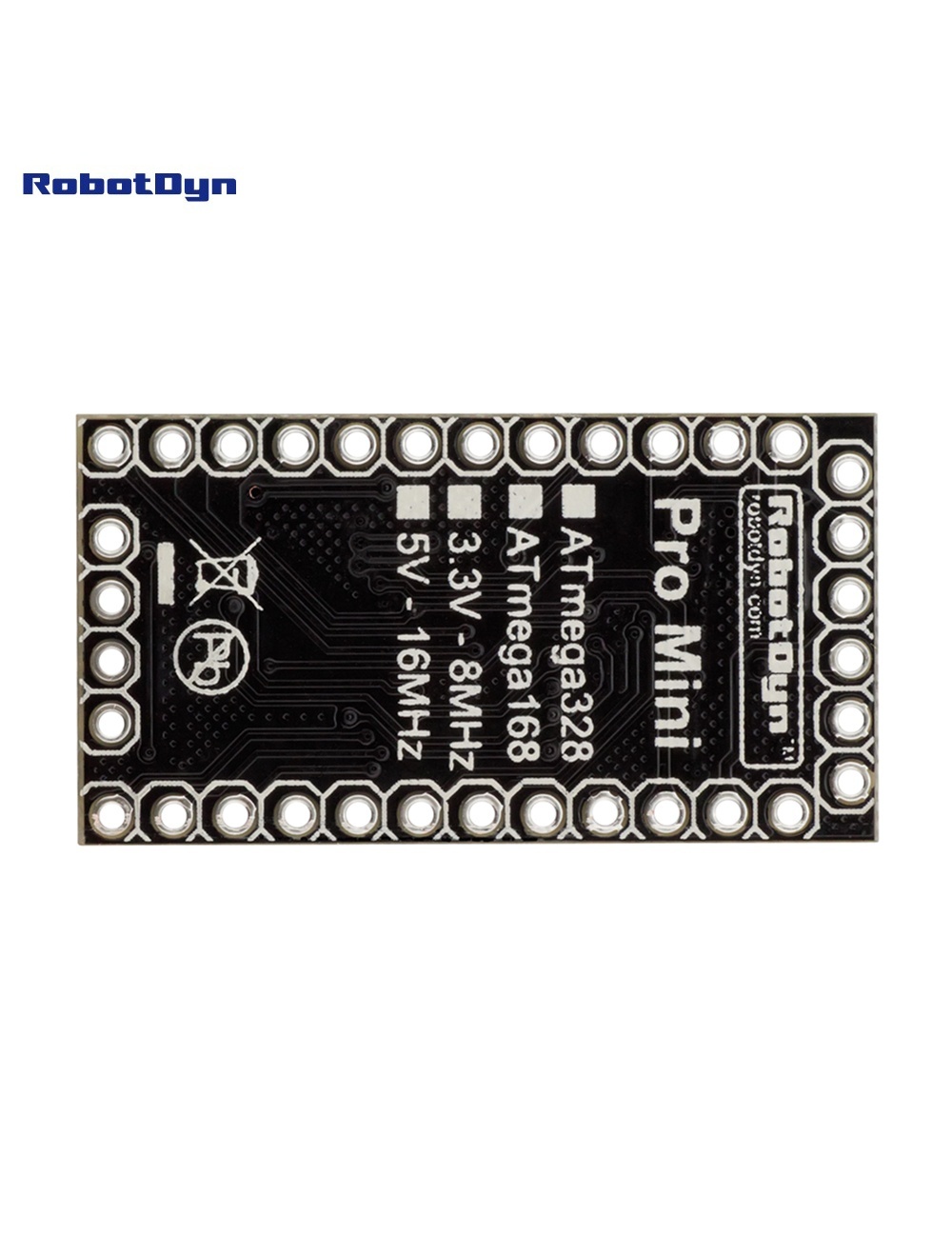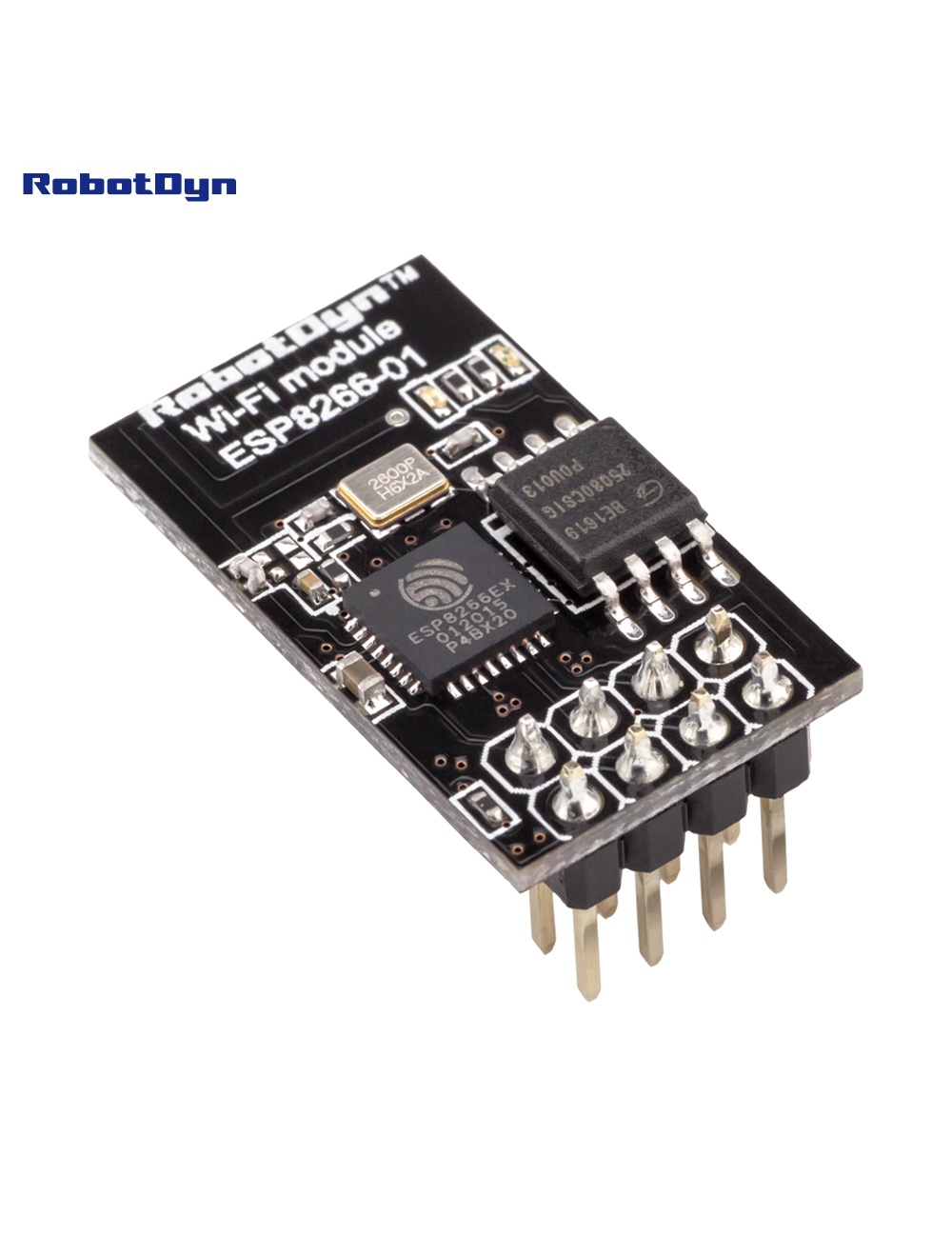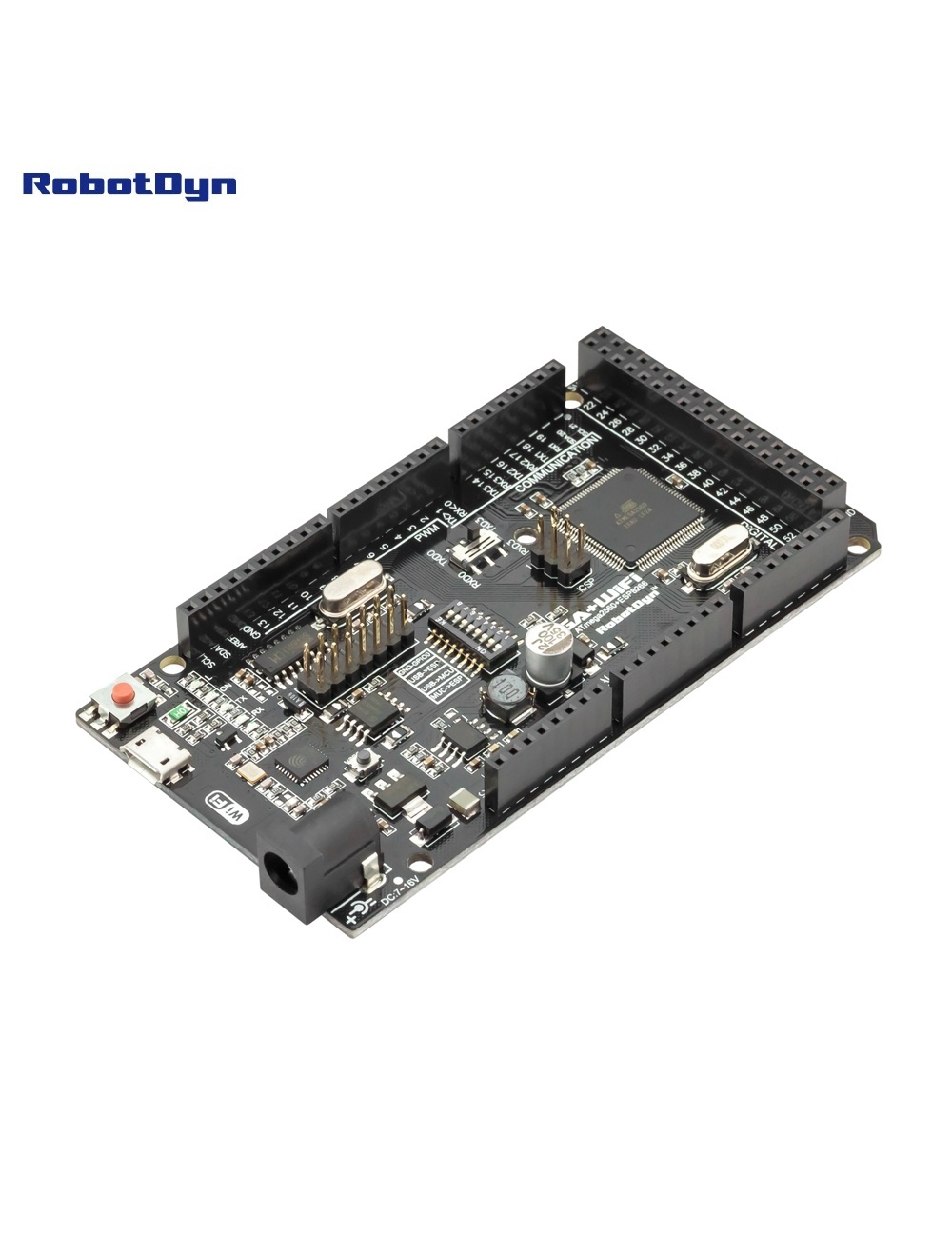In an ambitious claim that has tech enthusiasts buzzing, Bolt Graphics has announced its upcoming Zeus GPU line, which they assert will outperform the formidable RTX 5090 in path tracing, doing so with a stunning 80% reduction in power consumption. If true, this marks a significant pivot point in the arms race of graphics innovation.
Zooming In
According to Bolt Graphics, their Zeus GPUs, set to revolutionize the gaming and high-performance computing landscapes, promise to deliver 2.5 times the performance of NVIDIA’s RTX 5090 in path tracing. This claim, if substantiated, could indicate a major leap forward in graphical processing, particularly in energy efficiency—a crucial factor as gamers and data centers alike strive for greener solutions.
The Zeus GPUs reportedly feature a novel architecture, centering on the Zeus Cluster. This includes a processor setup of a single-threaded CPU paired with a vector core and substantial cache, implying a potential shift in how data is processed and streamlined for rendering complex graphical tasks.
However, the rumored performance metrics remain speculative as they are based on pre-silicon models rather than real-world testing. This should give pause to those ready to call it a revolution just yet. Bringing empirical data into the conversation is critical, especially with such bold claims.
Further adding to the intrigue is the use of LPDDR5X for VRAM, a choice that departs from the standard GDDR6/7, offering between 32 GB to a whopping 256 GB with an option for expansion via SODIMM slots. This choice raises eyebrows considering its implications for memory bandwidth—an area where traditional options still reign supreme.
While the power consumption figures are attractive, indicating a board power usage of only 120 W compared to the RTX 5090’s 575 W, the FP32 performance proposed by Bolt Graphics lags significantly. The single-chip configuration hanies a peak performance of 10 TFLOPS in FP32, compared to RTX 5090’s 105 TFLOPS, hinting at possible limitations in broader gaming applications.
The anticipated launch timeline sees developer kits arriving in late 2025, with mass production slated for 2026. Despite the ambitious roadmap laid out by Bolt Graphics, the gaming community and industry watchers remain cautious, awaiting driver development for DirectX and Vulkan, pivotal for gaming viability.
If Bolt Graphics can deliver on its promises, the Zeus series could be an underdog story reminiscent of past industry shake-ups. Yet, much remains to be seen, particularly if they can contend with giants like NVIDIA and AMD in driver support and real-world performance.









